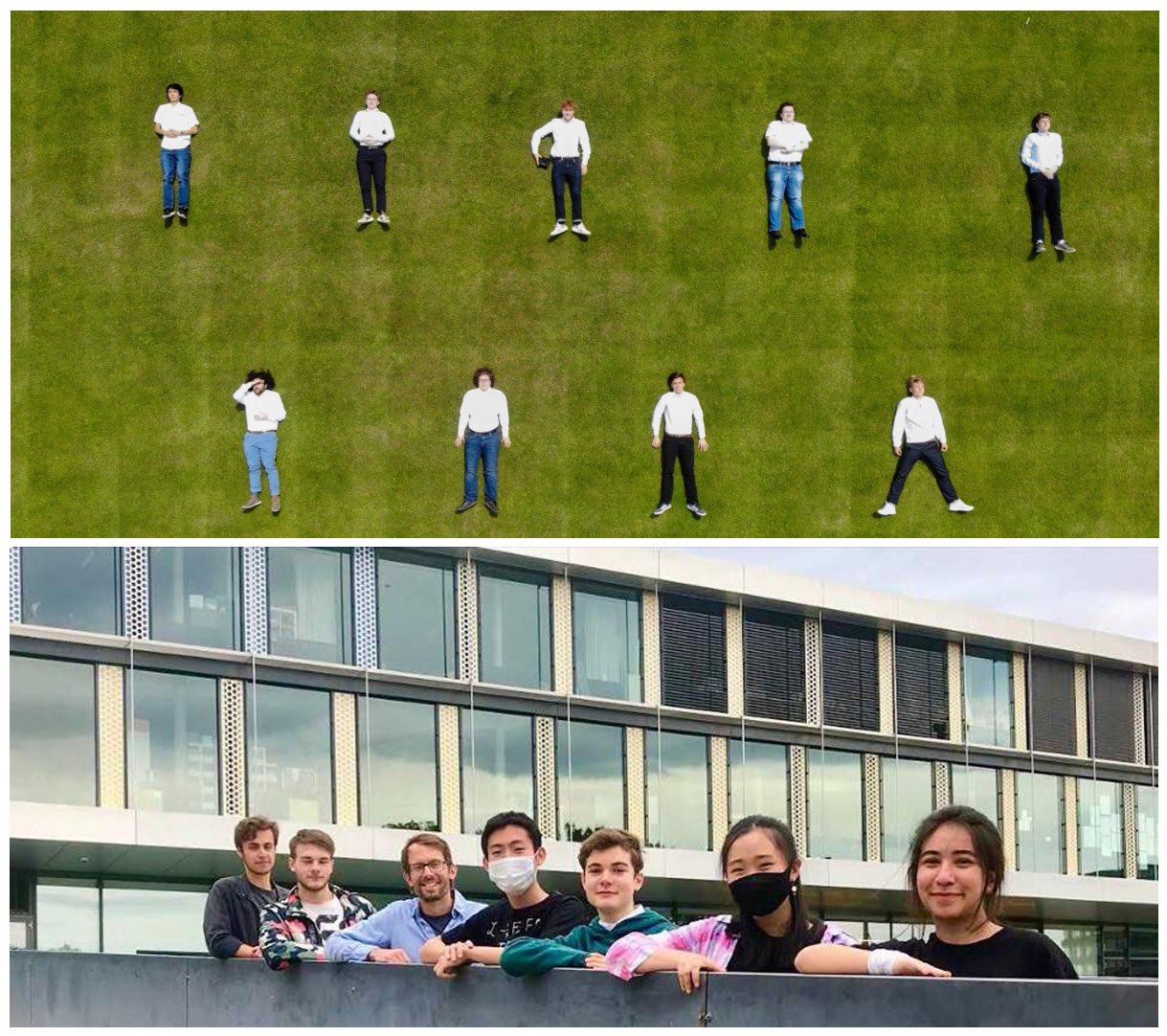
Geneva and Hamburg, 15 June 2020. Two teams of high-school students, one from the International School of Geneva, Campus des Nations, Switzerland, and one from the Werner-von-Siemens-Gymnasium in Berlin, Germany, have won the 2020 Beamline for Schools competition (BL4S). Later this year, the winning teams will be invited to the DESY research centre in Hamburg, Germany, for the opportunity to carry out their proposed experiments together with scientists from CERN and DESY.
Beamline for Schools, an international competition open to high-school students from across the world, invites submission of proposals for an experiment that uses a beamline. Beamlines deliver a stream of subatomic particles to any given set-up, making it possible to study a broad variety of properties and processes in various scientific disciplines. They are operated at laboratories such as CERN and DESY. Due to the second Long Shutdown of CERN’s accelerators for maintenance and upgrade, there is currently no beam at CERN, which has opened up opportunities for partnerships with laboratories such as DESY during this period.
Since Beamline for Schools was launched in 2014, more than 11,000 students from 91 countries have participated. This year, 198 teams from 49 countries worldwide submitted a proposal for the competition’s seventh edition. From the entries received, 23 teams from 17 different countries (Argentina, Australia, Bulgaria, Canada, Chile, China, Germany, Japan, Netherlands, Philippines, Poland, Portugal, Spain, Switzerland, Turkey, United Kingdom, United Sates) were shortlisted. Each shortlisted team will receive BL4S t-shirts and a Cosmic Pi detector. Ten teams from Australia, Brazil, India, Italy, Japan, Mexico, Russia, Turkey, United States, were selected for Special Mention and will also receive BL4S t-shirts.
“We look forward to welcoming this year’s winners to DESY. With the difficult situation worldwide, we are particularly grateful for and overwhelmed by the record number of entries. Students across the globe organised themselves via videoconferences and teamed up even across countries – an undoubtedly extraordinary and experience-rich situation for everyone,” said Sarah Aretz, BL4S project manager.
The two winning teams of 2020 have proposed two very different experiments. This illustrates the wide spectrum of research questions that are possible within the boundary conditions of BL4S. The team Nations' Flying Foxes from Switzerland wants to detect a particle known as Δ+ Baryon. When high energy electrons interact with protons, these protons can be converted into the Δ+ particle. As the particle has a very short lifetime, the team will have to look for indirect signatures pretty much in the same way as short-lived particles are detected in the large experiments at CERN and DESY.
“From the first brainstorming session for ideas two years ago, to finally going to DESY in a few months – this has been an amazing journey. What an incredible moment! This will truly shape our academic careers well into the future,” said Mikhail Slepovskiy from the Nations’ Flying Foxes team.
The team ChDR Cheese from Germany wants to use a physics effect known as Cherenkov Diffraction Radiation (ChDR) as the basis of an innovative technology for the diagnosis of particle beams in accelerators.